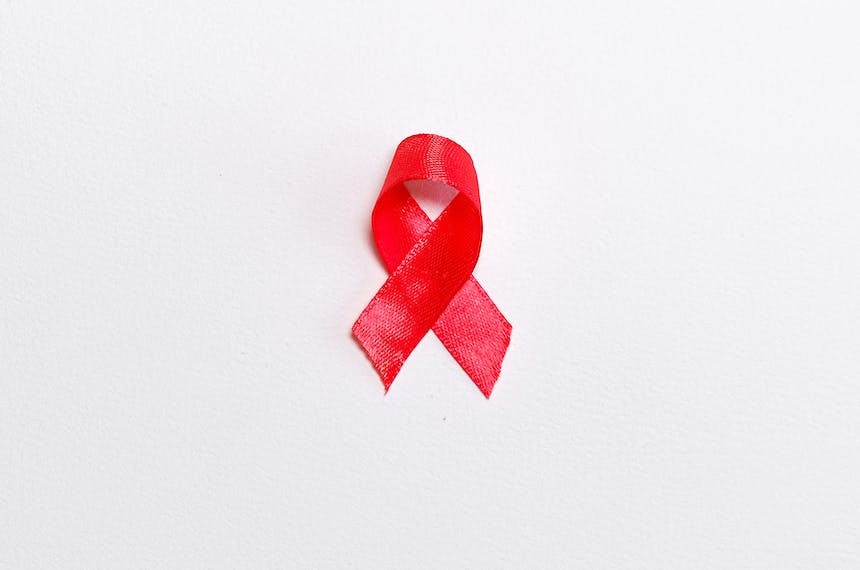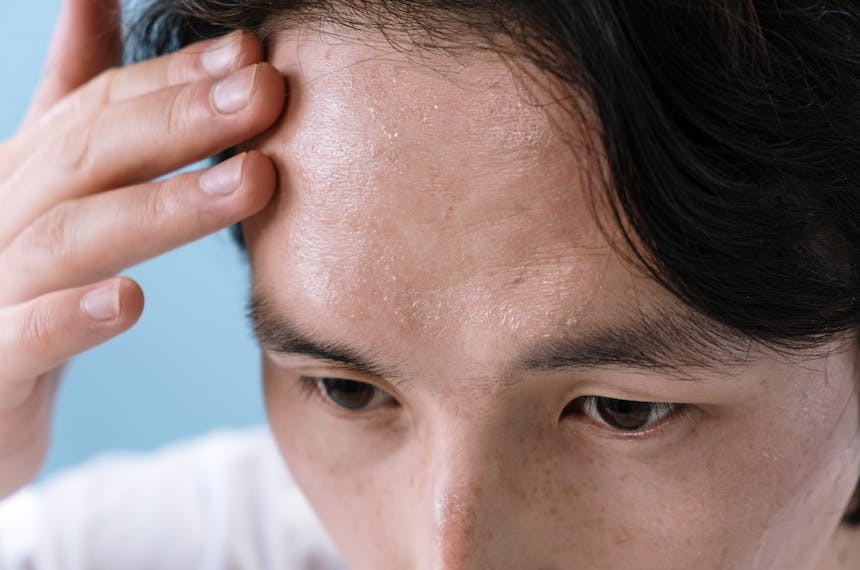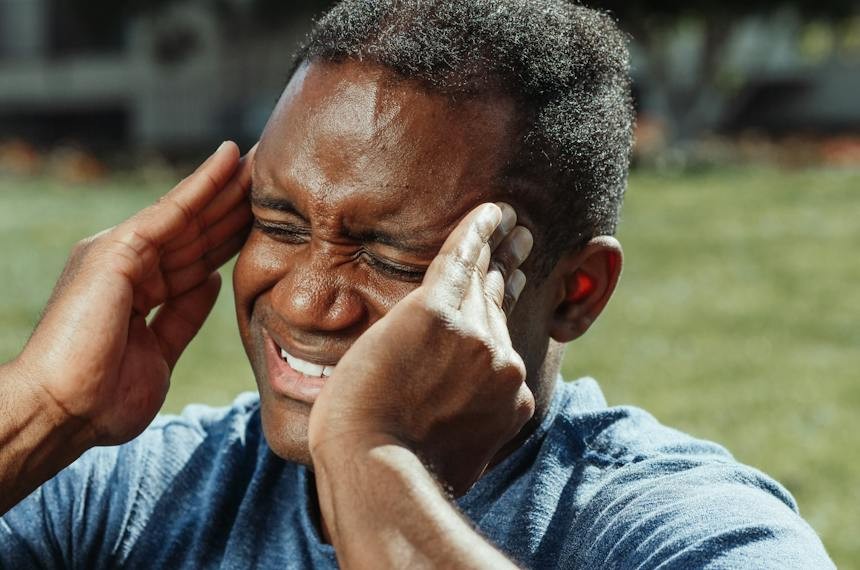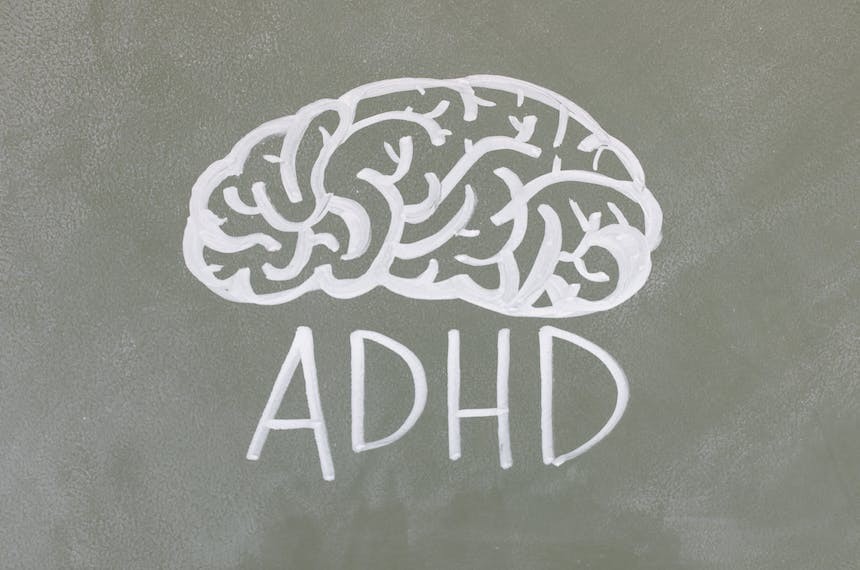
Infectious neuropathy
The article outlines different neuropathic syndromes related to HIV and other infectious diseases. It emphasizes the prevalence of distal symmetric peripheral neuropathy (DSPN) in HIV patients, attributing it to factors like age, duration of HIV infection, and certain medications. Treatment for HIV-related neuropathy includes Antiretroviral therapy (ART), addressing reversible risk factors, and symptom management with medications like Gabapentin, duloxetine, venlafaxine, nortriptyline, and topical capsaicin cream.
1-HIV related neuropathy;
There are a number of distinctive neuropathic syndromes, which can be classified according to the timing of their appearance during HIV infection, their etiology, and whether they are primarily axonal or demyelinating. The most common of these is distal symmetric peripheral neuropathy (DSPN) which manifests as bilateral tingling, and numbness in the toes. Factors associated with HIV neuropathy include older ages, longer duration of HIV infection, diabetes, nutritional deficiencies, hypertriglyceridemia, substance use and the use of older nucleoside reverse transcriptase inhibitors such as, didanosine, indinavir and stavudine. (1, 2, 3) Treatment options for HIV-related neuropathy are limited. Antiretroviral therapy (ART) is recommended for all patients with HIV infection. ART appears to reduce the risk of DSPN. However, for patients with established DSPN, the effect of ART on its severity is unclear. (4) Correcting reversible risk factors, improves nutritional status and discontinuing any drug which could potentiate it are helpful. (5) Symptomatic management of polyneuropathy aims at ameliorating the painful dysesthesias. Gabapentin at an initial dose of 400 mg is beneficial. If no improvement, then, duloxetine (60 mg daily), venlafaxine (37.5- 75 mg daily), nortryiptyline (10- 25 mg daily) could be considered. Also, topical capsaicin cream (0.075%) could improve symptoms of prepheral neuropathy. , Additionally, opioids, such as, tramadol (50 mg three times daily as needed), oxycodone (5mg three times daily as needed) could be added to the above mentioned therapies for breakthrough pain. (6, 7, 8)
2-Other causes of infectious neuropathy include the following,
HCV chronic infection, human T-cell lymphotropic virus, varicella-zoster virus (VZV), west Nile virus, borrelia burgdorferi (lyme disease), and mycobacterium lepra (leprosy). Treatment of peripheral neuropathy is usually symptomatic (as above) with the exception of the following which additionally require; (9) VZV Reactivation which occurs primarily in the elderly and immunosuppressed patients. It leads postherpetic neuralgia, which is a dermatomal distribution pain following shingles. Treatment includes valacyclovir 500 mg twice daily for 7 days and symptomatic treatment. (10) Lyme disease causes radiculopathies, cranial neuropathies, mononeuropathies, and polyneuropathies. Treatment includes IV antibiotics with ceftriaxone (2 g daily for 14-28 days). For patients who are intolerant of penicillin, doxycycline (200-400 mg daily in 2 divided doses orally for 10-28 days) may be adequate, but evidence is insufficient. (11) Leprosy typical presented with a mononeuropathy or a symmetric polyneuropathy. Treatment depends on the number of lesions and whether or not presentation is paucibacillary or multibacillary and includes a multidrug regimen with dapsone (100 mg daily for at least 6months), rifampin, ofloxacin, minocycline, or clofazimine. Steroids have been shown to aid in neural recovery, although optimal dose and duration remain under study. (12)
References
1- Estanislao L, Hart P, Simpson D. HIV neuropathy and selected infectious neuropathies. Continuum. 2003;9 (6):118–145 2- Abboud O, Saliba I. Isolated bilateral facial paralysis revealing AIDS: a unique presentation. Laryngoscope. 2008;118 (4):580–584 3- Lyons J, Venna N, Cho T. A typical nervous system manifestations of HIV. Semin Neurol. 2011;31 (3):254–265 4-Simpson DM, Tagliati M. Nucleoside analogue-associated peripheral neuropathy in human immunodeficiency virus infection. J Acquir Immune Defic Syndr Hum Retrovirol 1995; 9:153. 5-Martin C, Solders G, Sönnerborg A, Hansson P. Antiretroviral therapy may improve sensory function in HIV-infected patients: a pilot study. Neurology 2000; 54:2120. 6-Hahn K, Arendt G, Braun JS, et al. A placebo-controlled trial of gabapentin for painful HIV-associated sensory neuropathies. J Neurol 2004; 251:1260. 7-Paice JA, Ferrans CE, Lashley FR, et al. Topical capsaicin in the management of HIV-associated peripheral neuropathy. J Pain Symptom Manage 2000; 19:45. 8-McNicol ED, Midbari A, Eisenberg E. Opioids for neuropathic pain. Cochrane Database Syst Rev 2013; :CD006146. 9- Mayo MJ, Kaplan NM, Palmer BF. Extrahepatic manifestations of hepatitis C infection. Am J Med Sci. 2003;325 (3):135–148. 10- Solomon CG, Cohen JI. Herpes zoster. N Engl J Med. 2013;369 (3):255– 263. 11- Wormser GP, Dattwyler RJ, Shapiro ED, et al. . The clinical assessment, treatment, and prevention of Lyme disease, human granulocytic anaplasmosis, and babesiosis: clinical practice guidelines by the infectious diseases society of America. Clin Infect Dis. 2006;43 (9):1089–1134 12- Britton WJ, Lockwood D. Leprosy. Lancet. 2004;363 (9416):1209–1219





